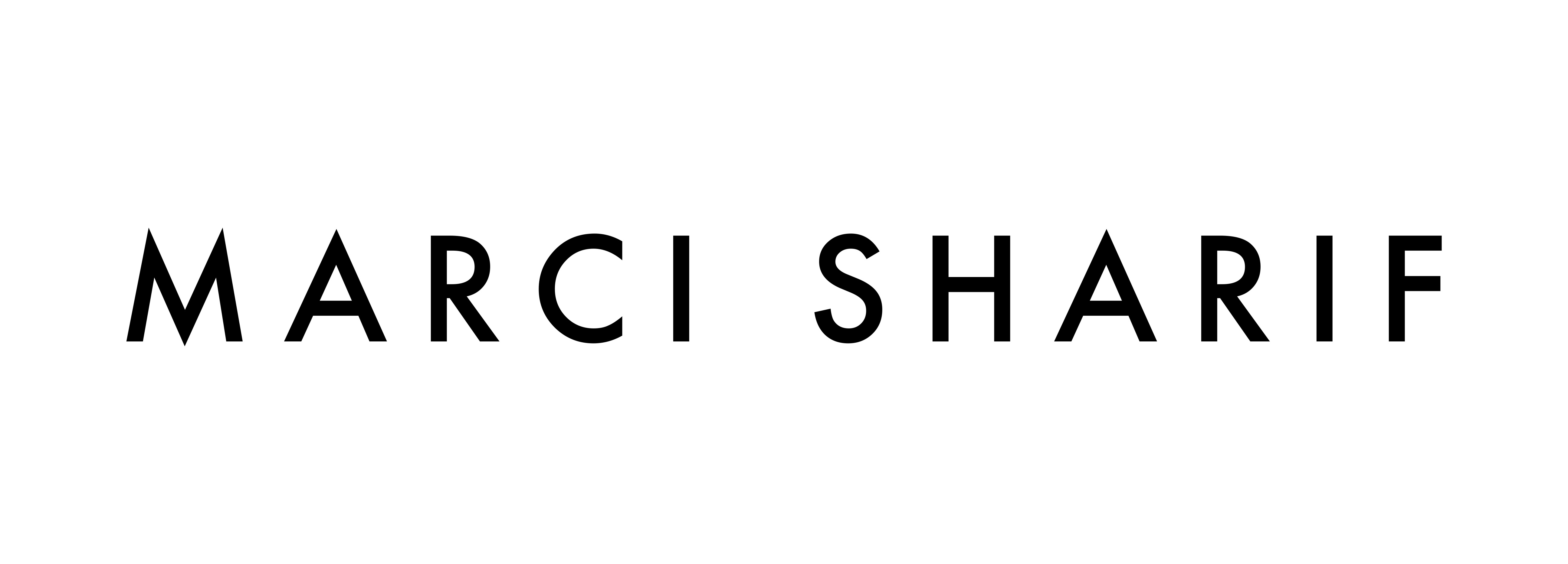Two ways to activate your vagus nerve and reduce stress
Chronic stress wreaks havoc. We know this. We know that carrying heavy daily burdens deteriorates physical health, impacts relationships and generally steals our joy. But it can be really hard to unwind all the tension that compounds day after day, year after year.
This is where working with the vagus nerve can be helpful.
“The vagus nerve is one of our cranial nerves and travels from our brain, through the side of the neck, down into our thorax and into our abdomen. It reaches internal structures like the vocal cords, heart, lungs, and colon,” says acupuncturist and herbalist Kathleen Funk. “It primarily functions within the parasympathetic nervous system, the part of the autonomic nervous system responsible for rest-and-digest activities.”
In short, it’s part of the system that helps us physiologically chill out.
Funk owns and runs Acufunkture Integrative Medicine near Greenway Plaza. She also teaches everything from Qigong to acupressure to breathwork and meditation online. One of her recent classes focused on the vagus nerve and how to activate it to regulate one’s nervous system.
Activating the vagus nerve, she says, can bring that elusive element of “rest and digest” to various parts of the body, and to our experience overall.
Take your heart, for example.
“Activation of the vagus nerve typically leads to a decrease in heart rate and blood pressure.”
It also brings a healing touch to the digestive system, guiding stomach muscles to contract (i.e. move your dinner along), stimulating digestive juices, and controlling gag reflex. Other systems effected include breathing and immunity, and of course, the brain: “The vagus nerve communicates information about the body’s organs to the brain and can affect mood and stress levels.”
So, how do we activate this gem of a nerve?
There are a lot of ways, and most are wonderfully uncomplicated. Funk says simple exercises that increase vagal tone are singing, chanting, humming, and massaging the ears.
Let’s focus on the latter two.
“A couple of the peripheral branches of the vagus nerve connect to the outer ear and in the neck near the vocal cords. We can access these branches with an ear massage and humming,” says Funk.
In traditional Asian medicine, sound is considered to have healing effects. Creating a vibration in different parts of the body helps move energy and stimulate restoration. Humming creates a vibration in the throat. That buzz, in an area through which the vagus nerve travels, can activate that soothing response.
Beyond humming your favorite tunes, Funk suggests eight to 10 rounds where you breathe in deeply and extend your exhale, while humming, for as long as is comfortable. Do it at a pitch where feel a strong vibration in your whole throat.
For ear massages, she suggests gently tugging on your outer ear.
“Start at the ear lobe and pull downward; then the back edge and pull backward; and the top of the ear and pull upward,” she says. “You can also ‘unfurl’ your ears. You do this by gently uncurling the cartilage of the outer edge of your ear.”
Spend a minute or two on each ear.
“There should be enough circulation to where you feel a gentle flush, but nothing should be painful. As a bonus, you’ll also be massaging a lot of acupuncture points located in the ear. These can help with overall tension, pain, and stress,” Funk says.
This tip made me recognize how often I rub my ears working at my computer. I’m subconsciously pursuing rest and digest vibes.
I think we all could probably use more of those… Then, the good stuff underneath our stress and tension can shine through.
For virtual consultation or in-person acupuncture treatments, visit acufunkture.com. Funk’s online learning portal is portal.acufunkture.com.

